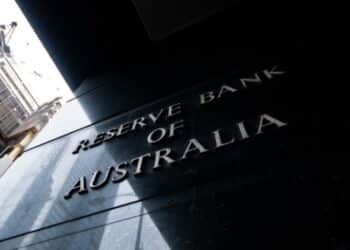Ahead of the RBA’s next rate decision on 6 July, GSFM investment strategist Stephen Miller said any changes made to monetary policy at the central bank’s next meeting were likely to be “very much at the margin only”.
The comments came as Sydney reported 18 new cases of COVID in the 24 hours to 8pm on Wednesday, with new restrictions in place across the city including masks in the workplace and citizens from several council catchments barred from leaving the metropolitan area.
“Even before the Sydney COVID-19 outbreak the prospect for any major shift in policy from the RBA was remote,” Mr Miller said.
“Even in the face of much stronger than expected labour market outcomes in terms of large increases in employment and an unemployment rate declining much faster than anticipated, the RBA governor indicated in his most recent comments that he remains of the view that any meaningful acceleration in wages and prices is still some way off.”
Following comments from the US Federal Reserve last week indicating the central bank could move on rates in two years’ time, markets were now pricing in a possible rate rise towards the end of 2022, but in Mr Miller’s view this was “unlikely”.
“The fiscal boost in Australia was way less than that applied in the US and the prospective regulatory agenda less ambitious, in the sense that it won’t motivate as big an increase in business costs,” Mr Miller said.
“It seems clear that the RBA’s view is that while inflationary pressures in the US are clear, they are less visible in Australia.”
The comments come on the back of an address from RBA assistant governor Luci Ellis in Adelaide on Wednesday, where Ms Ellis said the central bank’s board “remains committed to maintaining highly supportive monetary conditions”.
“The aim of these policy settings is to support a return to full employment and inflation consistent with the target,” Ms Ellis said.
“During the height of the pandemic, when restrictions on activity are tight, the task for policy is to build a bridge to the recovery. As economies move through recovery to the expansion phase, the focus naturally turns to sustaining that expansion.
“That means ensuring that demand continues to be supported for as long as spare capacity remains.”







